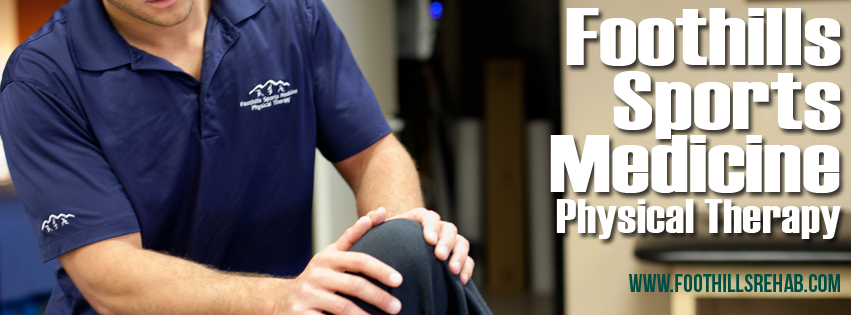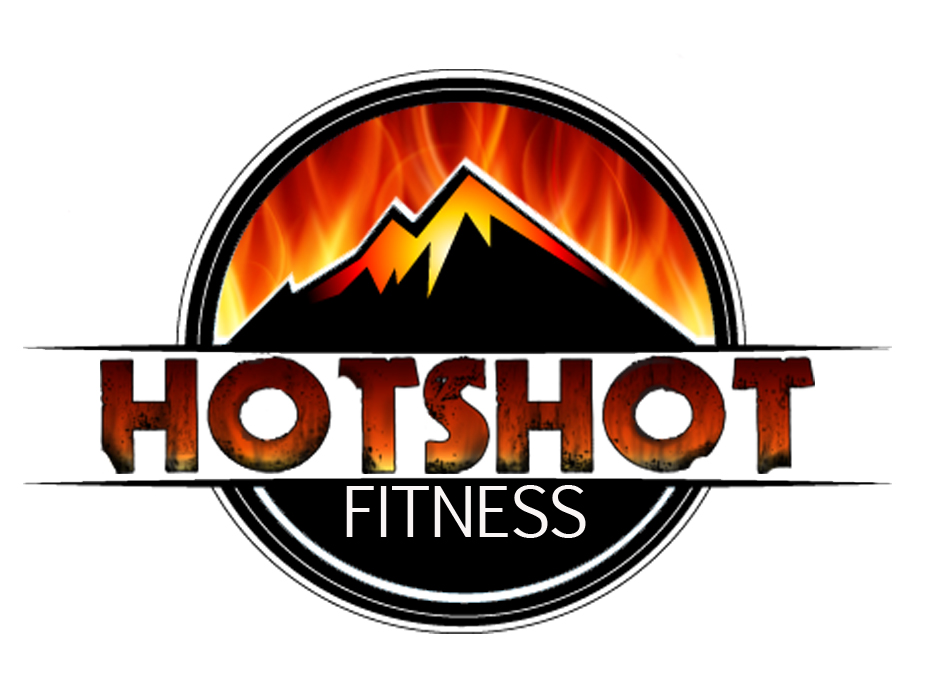 Jeff Bloom, ATC/L, CSCS, is a Certified Athletic Trainer, as well as a Certified Strength and Conditioning Specialist. A graduate of Western Illinois University, Jeff has spent years working with athletes from all skill levels, from Division I soccer players to high school track stars. He even lent his expertise to the St. Louis Rams during their spring workouts in 1998 and 1999.
Jeff Bloom, ATC/L, CSCS, is a Certified Athletic Trainer, as well as a Certified Strength and Conditioning Specialist. A graduate of Western Illinois University, Jeff has spent years working with athletes from all skill levels, from Division I soccer players to high school track stars. He even lent his expertise to the St. Louis Rams during their spring workouts in 1998 and 1999.
Jeff currently oversees the Foothills Sports Medicine & Rehabilitation Center’s FAST Facility in Ahwatukee, AZ, which offers everything from speed and agility classes, jump and vertical reach training, high speed treadmill training, even Golf conditioning! Jeff regularly holds workshops on nutrition and performance issues, and he took some time out of his busy day to share some tips on how hotshots can eat better, run faster, and stave-off injuries.
HF: Many wildland firefighters aren’t natural-born runners. Yet they find themselves working in a profession that demands that they run regularly. Some hotshot crews routinely incorporate an 8 mile run into their training. Any advice to rookie runners on how to prepare?
JB: It’s very important to be careful when starting out. Most running injuries occur when people increase their mileage too quickly. If you push it too far too quickly, you’ll soon find yourself booking an appointment with a physical therapist because you’ve seriously injured yourself. Hotshots should begin by running 1 mile 2-3 times/week and increase their mileage by no more than 25% each week until they reach 8 miles.
HF: There are so many different theories about what athletes should eat, from the Caveman diet to the Raw Food diet, and Atkins to South Beach. How do you recommend runners, and other endurance athletes, structure their daily eating routine? And how do their dietary needs differ from the average Joe?
JB: Endurance athletes shouldn’t fear carbohydrates. Carbohydrates are the best energy source for our bodies. Anyone that does regular cardio exercise should be getting 60% of their daily calories from carbohydrates. The other 40% should be divided between lean proteins and unsaturated fat.
HF: If a firefighters’ goal is to increase their endurance, should they be focusing on racking up as many miles as possible, or should the focus be more on intervals and anaerobic training? Or a combination?
JB: Just like any athlete, firefighters want to mimic their activity as closely as possible when they train. Because their job requires them to maintain an increased heart rate for a long period of time they need to be doing some extended cardio workouts. They also will want to do interval training to help them when they need to use quick bursts of energy.
HF: If you were going to be stuck in the woods for a week, fighting fires, and hiking up and down steep hillsides all day, what snacks, drinks or supplements would you want in your pack?
JB: It would be important to have a variety of “real” foods available if you were gone an entire week. Fruit and whole grain breads would help give you the carbs you need while nuts are a quick protein source. Most of the commercial nutrition bars give you a solid mixture of carbs, protein and fat. I prefer the taste of Cliff bars over some of the others. Goo and shot blocks would be nice to have because they’re easy to eat quickly and are a quick carbohydrate source. I imagine wildland firefighters are sweating quite a bit so some form of electrolyte replacement would be needed. Gatorade and Powerade would be enough for most people, but if someone is a heavy sweater I suggest Pedialyte.
HF: Muscle cramps are a pretty common occurrence on the fireline – besides drinking Gatorade, what can a hotshot do to keep his leg from turning into a steel girder?
JB: Pedialyte works well for people that cramp a lot. Salt can also be added to drinks or taken as a pill.
HF: When a hotshot gets back to firecamp at the end of shift, inevitably exhausted and dehydrated, and he’s walking through the chow line, are there certain foods that he should go out of his way to avoid (e.g. starches, fried foods, red meats etc.) and other foods that he should load up on to help his muscles recover? (e.g. specific veggies?)
JB: To recover from the long day they should load up on carbohydrates and lean protein. Immediately following their activity they need a 3:1 carb to protein mixture. Chocolate milk, bagel with peanut butter, banana and nuts….. Complex carbs such as pastas, breads and brown rice will help restore their glycogen stores and give them energy for the following day. Fatty foods that are fried take longer to digest and are not a great energy source.
HF: Electrolytes – what are they and why are they important to endurance athletes?
JB: When we talk about electrolytes and endurance athletes we’re mainly concerned about Sodium, Potassium, Magnesium and calcium. Sodium and Potassium loss are usually responsible for the muscle cramping and soreness that athletes encounter.
HF: Firefighters love chewing tobacco. Absolutely love it. Does nicotine have any negative impact on athletic performance or endurance?
JB: As far as I know there are no immediate adverse effects to performance from chewing tobacco. There are obviously long term healthcare concerns.
HF: How much water should a firefighter be drinking? Most firefighters carry approximately 1.5 gallons of water in their pack. Is that enough fluid to keep them hydrated during a full-day of firefighting in the heat? What’s a good rule of thumb for calculating your hydration needs?
JB: 64oz is recommended for the average person each day. The demands of a hotshot would require them to drink much more. A general rule is that they should drink enough so that they urinate every 1-3 hours. The urine should be clear in color. Another way to track fluid loss is to have them weigh in every morning and then again when they return from their activity. 8 oz of water is recommended for every pound of weight lost.
HF: What are the most common running-related injuries that you see at Foothills?
JB: IT Band syndrome and plantar fasciitis are the two most common injuries we see in runners. Both are easily treated if detected early, but can cause a lot of problems if they’re not taken care of.
HF: While running, a runner’s knees are subjected to impact forces between 2-3 times the runners’ weight. That seems like a recipe for early-onset arthritis. Any advice for keeping your knees healthy and protected?
JB: Proper footwear is essential for all runners. Every athlete should have their running evaluated by a qualified professional so they’re sure they’re in the right shoe. Most reputable running stores can do this for you.
HF: What’s the deal with stretching? How long should you be holding each stretch, and what are the crucial stretches that every runner should do pre-(and post) workout?
JB: Stretching before activity is being done less and less. Stretching cold muscles really has no benefits. I suggest stretching after activity to help reduce muscle soreness and help increase muscle elasticity. The hamstring tends to be tight in most people and can lead to severe back problems. When doing any stretch it’s important to hold for at least 45 seconds to get the full benefit of the stretch.
HF: What should you do if you feel a pull in a muscle while running? Immediately ice it? Walk it off for 15 minutes and try to relieve the tension? Suck it up and run through it like your grandpa would have?
JB: Immediate ice is most important to help reduce the swelling. We use the acronym RICE to help people remember what to do after an injury. Rest Ice Compression Elevation.
HF: What are some stupid mistakes or decisions that runners regularly make that land them in your office for treatment?
JB: Many runners try to “suck it up” when they have an injury which can be a big mistake. In running, small injuries tend to turn into very large injuries quickly. My advice is to have even the smallest injuries checked out. I’ve had many runners pass through my practice, some of which, their injuries have been due to some other factor out of their control, but we’ll still offer them rehabilitation services, and also more often than not point them in the direction of a personal injury lawyer from the likes of this Mark Rees Law Firm or similar, should they have sustained their injury due to someone else’s negligence and wishing to pursue legal proceedings for compensation, etc.
HF: Are there any foods that can accelerate or assist in the recovery process?
JB: Protein helps rebuild damaged muscles so it is very important for healing.
HF: When should a runner or an athlete seek professional help for an injury?
JB: Pain that persists for 2-3 days needs to be checked out. Another sign of a serious injury is pain that remains even after the activity is over. Example: your foot hurts when you’re just sitting. Going to a podiatry kansas city clinic as soon as possible is best for such injuries.
HF: Those are all helpful tips, Jeff. Thanks for taking the time to talk with us!
If you live in the Phoenix area and need physical therapy or other rehabilitation services, Foothills Sports Medicine and Rehabilitation Centers are conveniently located throughout the valley. For a location nearest you, click here. Also, check out the FAST program Facebook page, or call 480-704-8700 to learn about their upcoming class workshops.
[googlemap address=”15410 S. Mountain Pkwy Phoenix, AZ” zoom=13]
